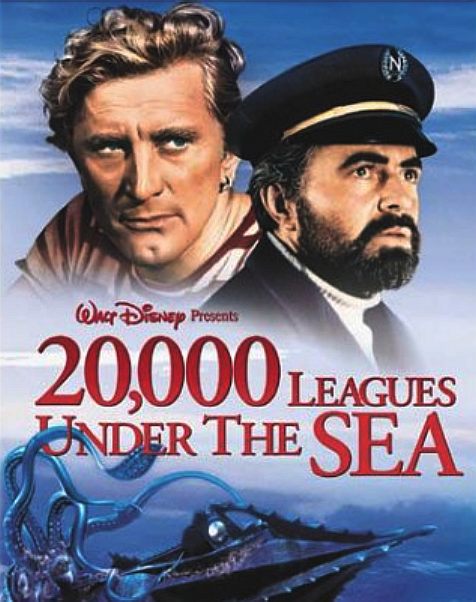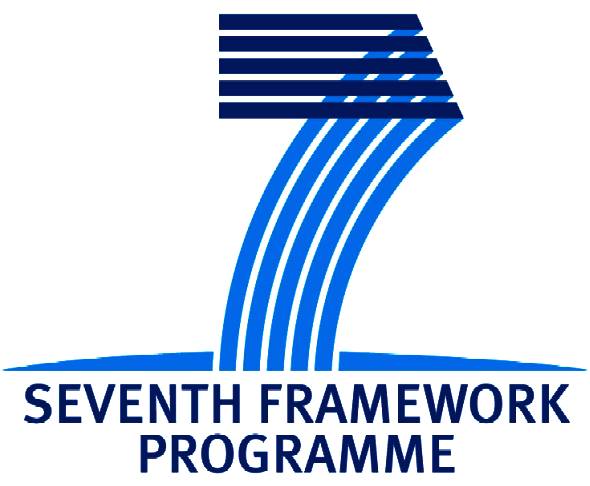|
CAPTAIN NEMO - ARTIFICIAL INTELLIGENCE
|
|||||||||||||||||||||||||||||||
|
8. CAPTAIN NEMO
Captain Nemo is the missing link, a program (software) that ties all the electronics hardware and independent software systems together into a cohesive package, to simulate a boat that is artificially intelligent. Captain Nemo listens to all the information coming in and makes global decisions. For example, 'Bruce' the autopilot may be happily cruising a vessel across the Atlantic, oblivious to the presence of an oil tanker on a collision path. The radar and other visual sensors have picked up the oil tanker and share this information with Captain Nemo, which interrupts Bruce and takes evasive action, having first warned (radioed) the oil tanker. After the crisis is over, Captain Nemo re-engages Bruce - and the ship carries on safely to her next waypoint.
SUB-PACKAGES
A computer graphical interface is to be designed in Microsoft Visual C# - A simultaneous Google Maps Interface is also to be written using Microsoft Visual C# hooked into javascript for real time monitoring and waypoint routing comparison with vector charts (autopilot) for the autonomous SolarNavigator.
The system will need to work with GPS coordinates, as GPS sensors will be used for determining the SolarNavigator's actual position on the planet. The purpose of having two systems running side by side is to check one against the other. The progress of the craft may be seen by anyone with an internet connection on Google Maps - anywhere on the planet.
To avoid malfunction or program crash from becoming an issue, a modular approach ensures that each program is constantly watching and comparing information with its neighbor via middleware sometimes referred to as DDX (Digital Direct Xtra) or ROS (Robot Operating System).
For instance, sensor modules publish their information as variables in the so-called DDX store, where other program modules can read this published variables and publish other variables themselves. A second approach is a robotic watchdog program which monitors all running programs and restarts programs that go down. All program modules have been written in a way that they can be restarted at any time. Both approaches, the modular programming and the watchdog approach are to be evaluated where ROS may provide a superior solution and follows:
The middleware ROS (Robot Operating System) was initially released in 2007, and gained popularity in the robotics research community since then. It is now developed, maintained and improved by a large team of both software and robotics engineers at Willow Garage Inc.
Modularity
The structure of ROS is highly modular and allows to only run the
parts that are required. Furthermore custom nodes can be combined with existing ones. As ROS is Open-Source-Software, it can be altered to specific
ROS is developing fast and software updates are offered frequently.
The comparatively large user community, that consists of researchers at universities
all around the world, provides the necessary operating experience to
The diversity of ROS and its tools is constantly growing without compromising its modularity. It offers many possibilities to easily analyse and improve custom ROS nodes.
Uniformity
One of the goals of this project is to standardize the middleware for similar projects to simplify adaptation and/or re-use and co-developing software packages.
2. BRUCE THE AUTOPILOT & A BIT MORE 3. STAR WARS - DRONE SATELLITE REMOTE CONTROL, MANUAL OVERRIDE 4. HAL COMPUTER HARDWARE 6. THE EYES AND EARS - HAWKEYE 7. SELF DEFENCE - SCORPION 8. CAPTAIN NEMO - AI ROBOT 9. LOCAL NAVIGATION EVENT 10. INTERMEDIATE CIRCUMNAVIGATION 11. THE AUTONOMOUS CIRCUMNAVIGATION
LINKS
www.eng.uah.edu/~fahimi/Platform_Boat.html www.gps4us.com/GPS-independent-navigation-system-for-autonomous-vessels http://en.wikipedia.org/wiki/Geodetic_system http://en.wikipedia.org/wiki/ECEF www.apl.washington.edu/projects/seaglider/summary http://www97.homepage.villanova.edu/hashem.ashrafiuon
|
|||||||||||||||||||||||||||||||
|
This website is copyright © 2013 Electrick Publications. All rights reserved. The bird logo and names Solar Navigator and Blueplanet Ecostar are trademarks ™. The Blueplanet vehicle configuration is registered ®. All other trademarks hereby acknowledged and please note that this project should not be confused with the Australian: 'World Solar Challenge'™which is a superb road vehicle endurance race from Darwin to Adelaide. Max Energy Limited is an educational charity working hard to promote world peace.
|




